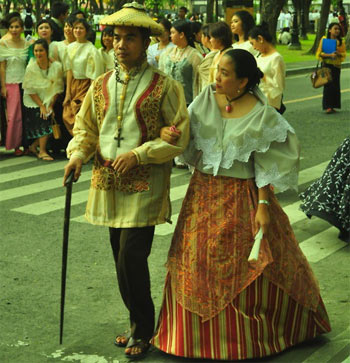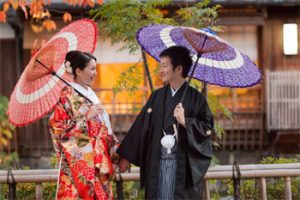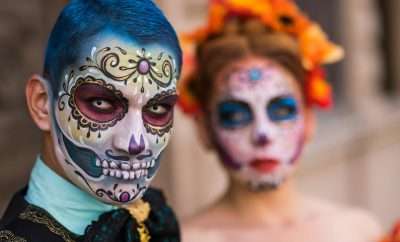
Traditional Garments that are Worn to this Day
Traditional Garments that are Worn to this Day
Culture and tradition are essential because they give us glimpses of the past. By taking the time to learn about them, we gain inklings of how different customs came to be. Not only do we learn what living was like in years gone by, but how the past influences the present.
Its people shape a land’s history. By identifying tribes, trade routes, and boundaries, we find out how various nations formed and how its people led different lives centuries ago. We also learn about what customs were deemed important enough to be passed on from one generation to the next.
In these days of globalisation, economy flights and social media, focus on culture and tradition is vital to retain a sense of identity, pride, and belonging. One instantly recognisable aspect of a nation is their traditional dress.
Some countries have unique items of clothing. Here are three examples:
Scotland
Scottish people have worn kilts since the early 1700s. Kilts are garments that resemble a pleated knee-length skirt and made from a woollen tartan cloth. Tartan is a plaid pattern, with different designs signifying the clan of the wearer. The tartan fabric was also used for a cloak draped over one shoulder. They were worn by men who wanted to show their patriotism.
These days, men and women wear kilts, often when performing cultural activities, like sword dancing and highland games. While some men still pair it with a cloak, it is more common for Scots to wear a cotton shirt paired with some ghillie brogues.
The Philippines is an archipelago, comprised of different islands, each with its own vibrant culture. Two traditional items of clothing hailing from this country are the Barong Tagalog and Baro’t Saya, the national attire for men and women, respectively.
The Barong Tagalog reflects the influences other cultures have had on Filipino culture. Historically, the neckline was round, and the overall look of the Barong was loose and long, with the hemline reaching the wearer’s thigh. These were often matched with loose trousers. Traditionally, the Barong was made from pineapple fibre.
The Baro’t Saya, on the other hand, has many iterations. The most popular of which is the Filipiniana or the Maria Clara dress. The attire is made up of four pieces: the camisa which is a collarless blouse; the scarf, which goes around the woman’s shoulder and is tied at the front; the saya, which is the skirt; and the tapis which is a knee-length material that goes over the skirt.
Japan
The Japanese Kimono is a traditional garb that dates back to the Heian Period from 794 to 1185. The material is constructed in a T-shape that wraps around the wearer’s body. Throughout history, it was accompanied by different garments, one of which is the obi, a wide sash around the waist.
As the years passed, the designs of the Kimono became more intricate and livelier. The seasons also affect the type of Kimono worn. During the colder seasons, it is typical for the Japanese to wear ones made from heavy silk. When summer comes, they wear the yukata. Both versions are paired with sandals.
Traditional dress adds to the rich tapestry of cultures and customs that make the world fascinating. By remembering the past, younger generations can design new and exciting variations whilst maintaining their cultural roots.














